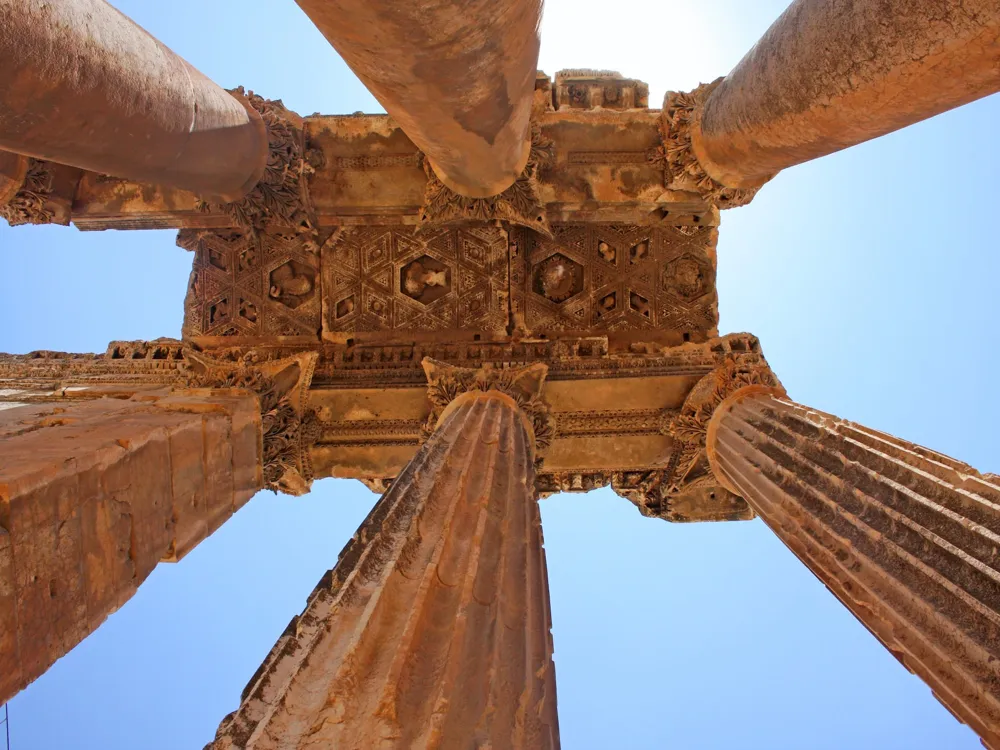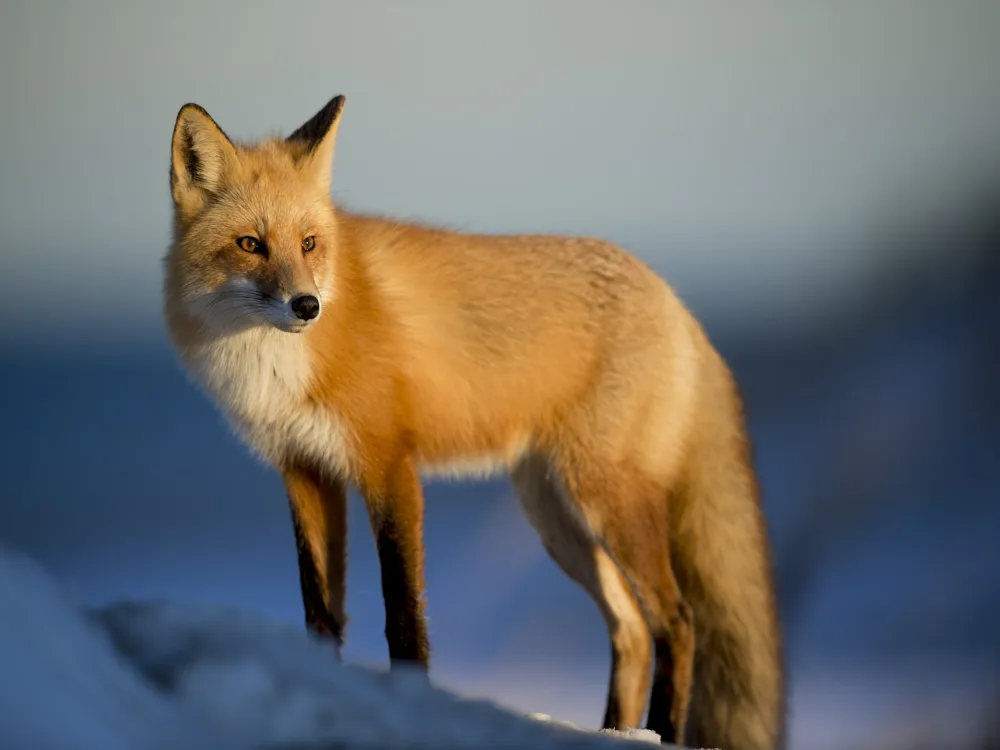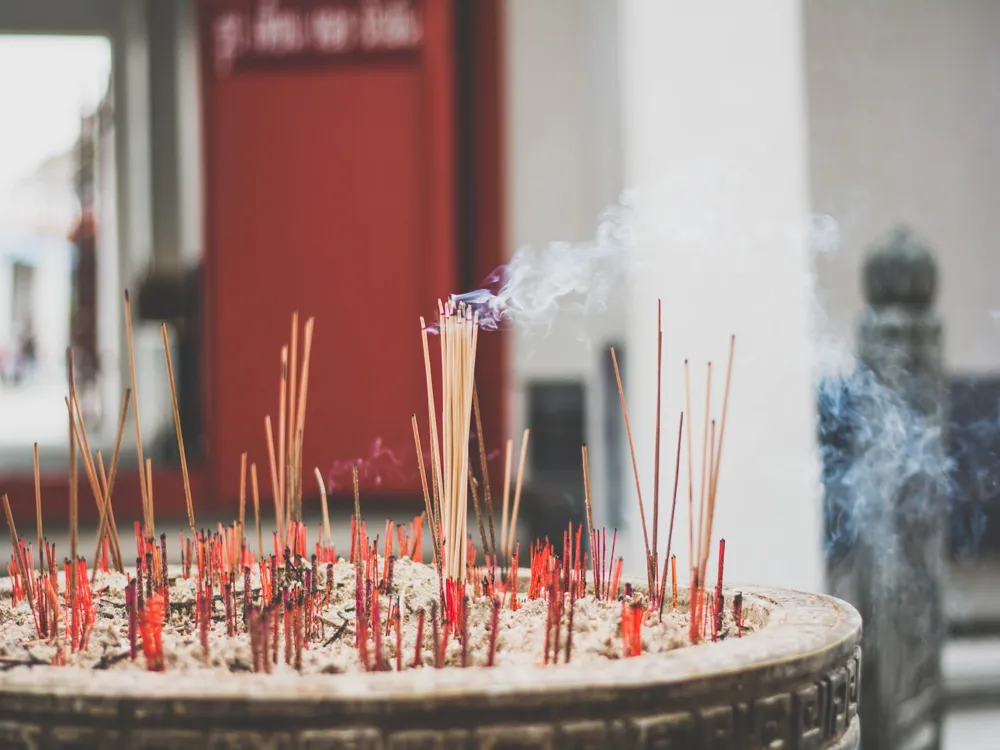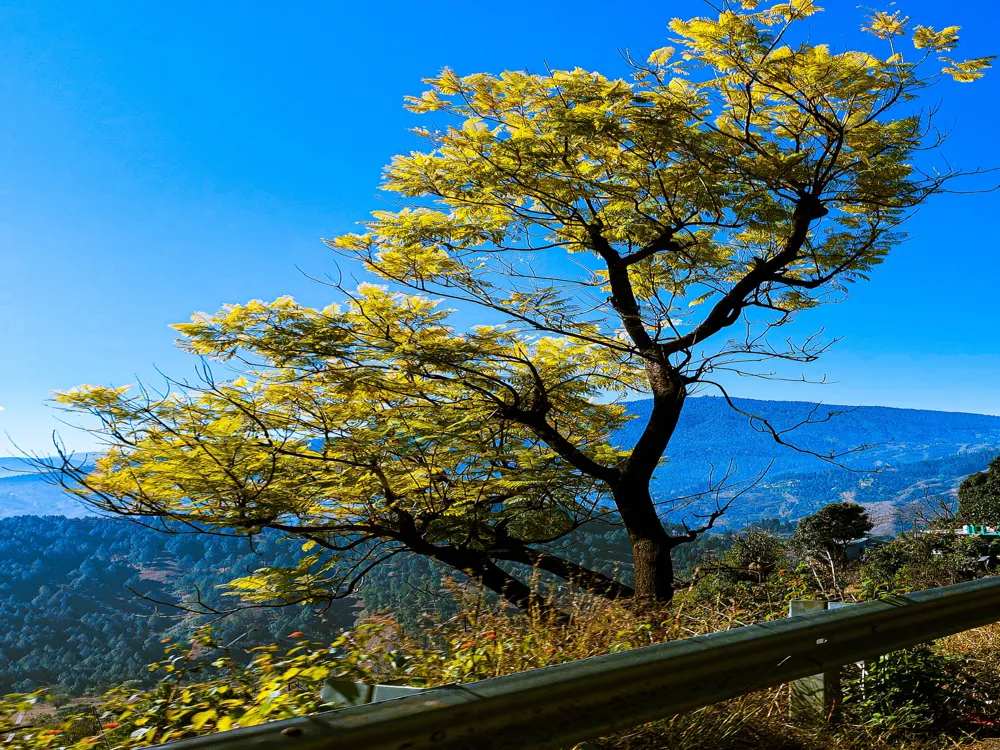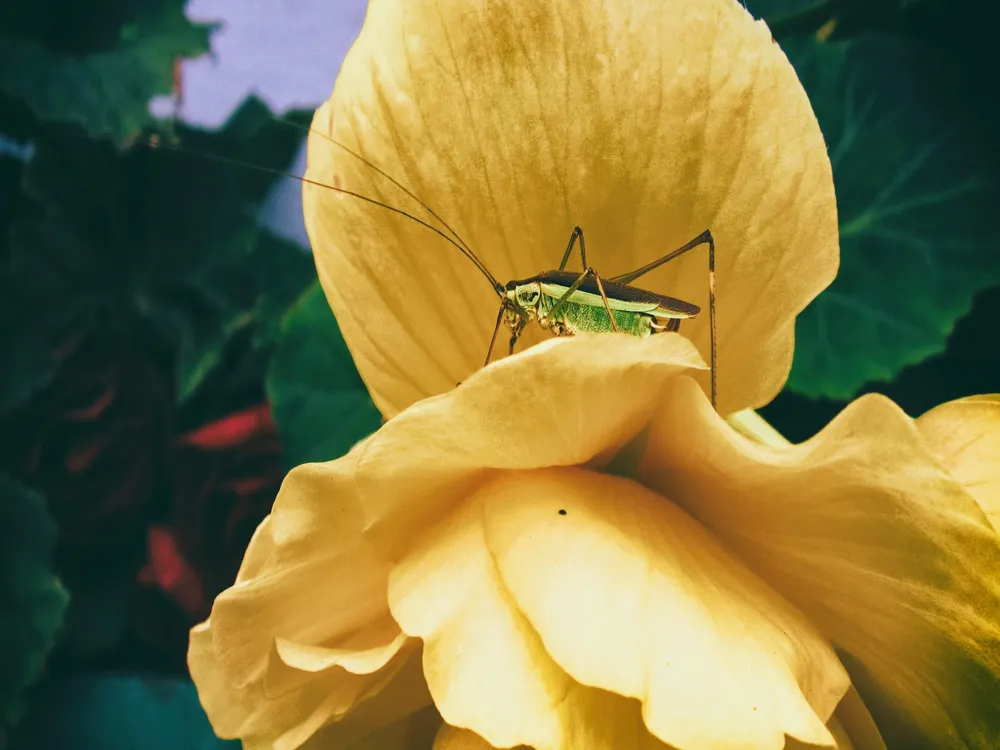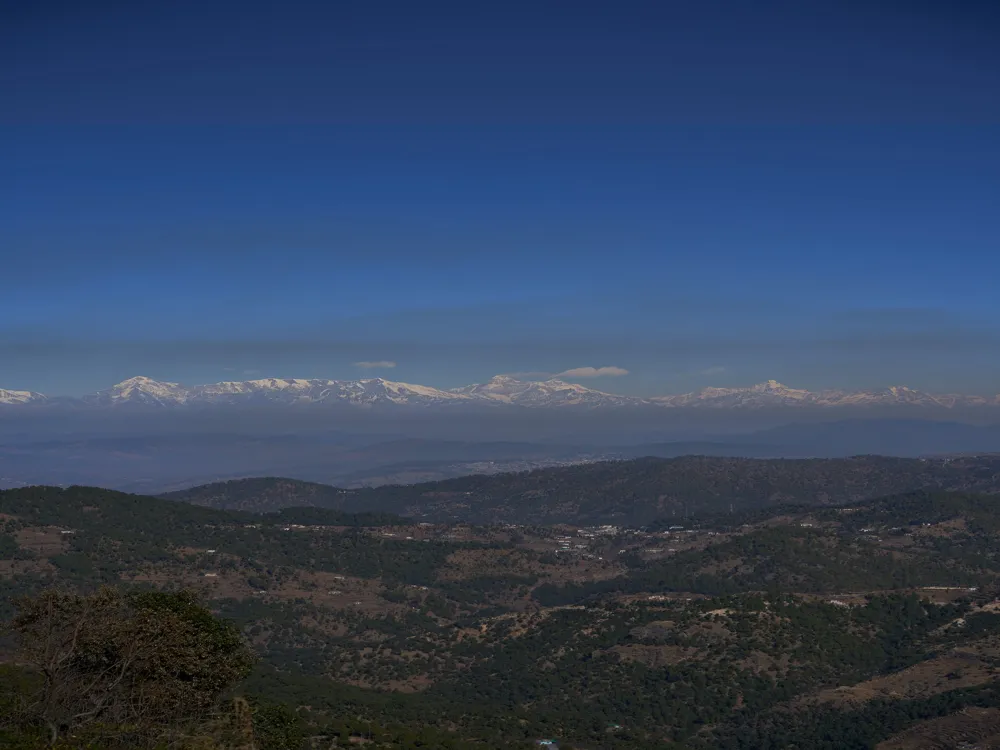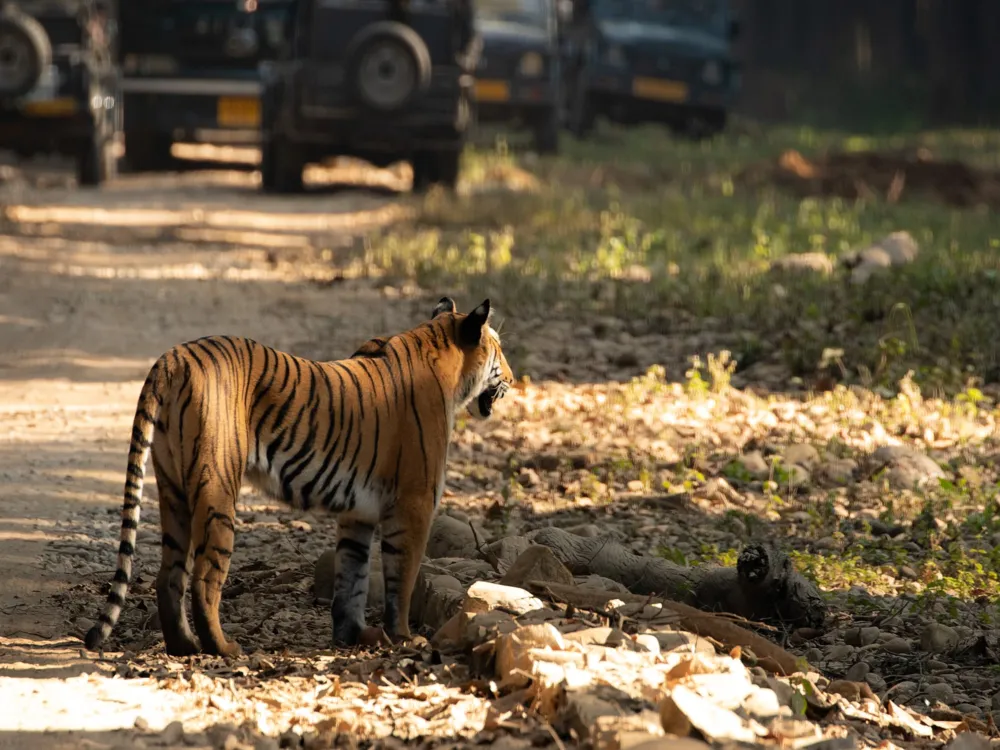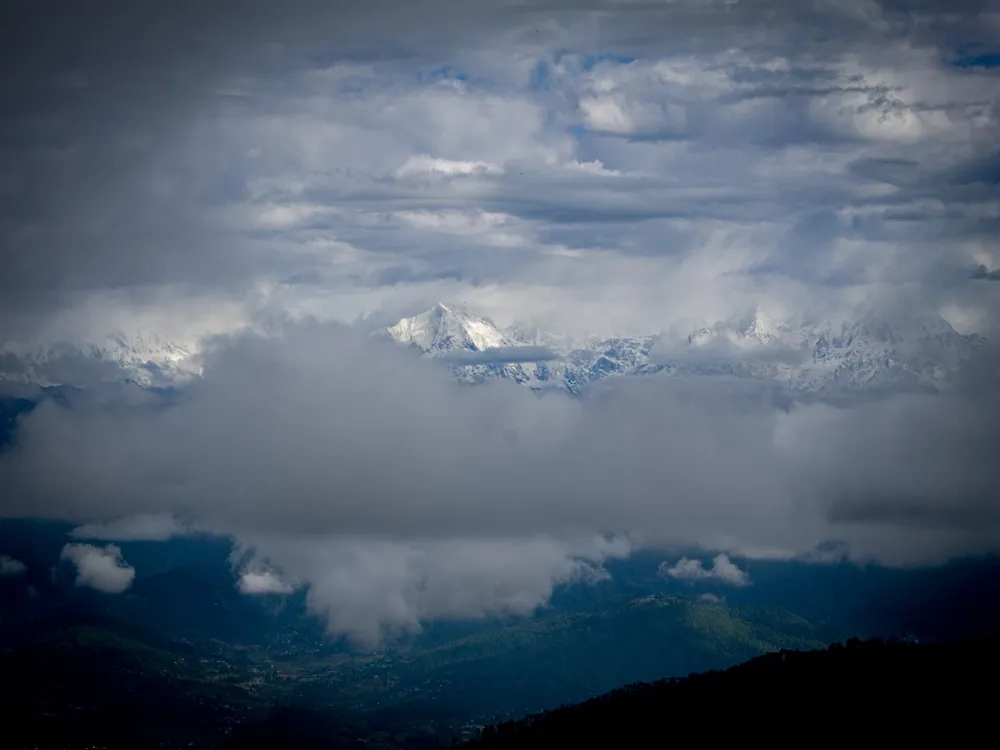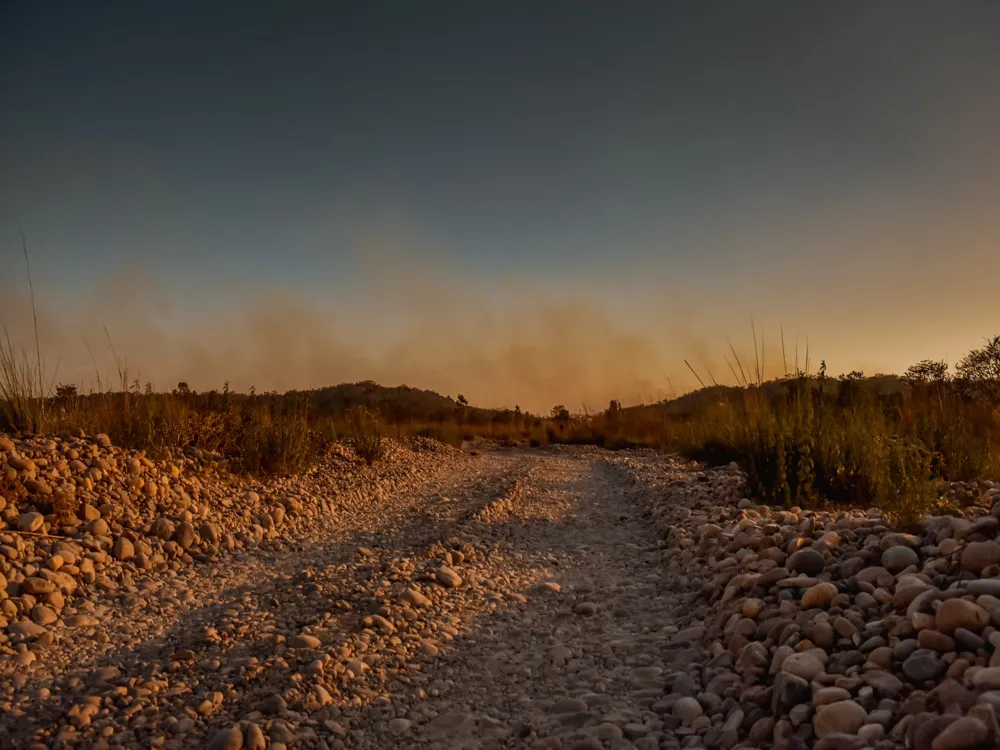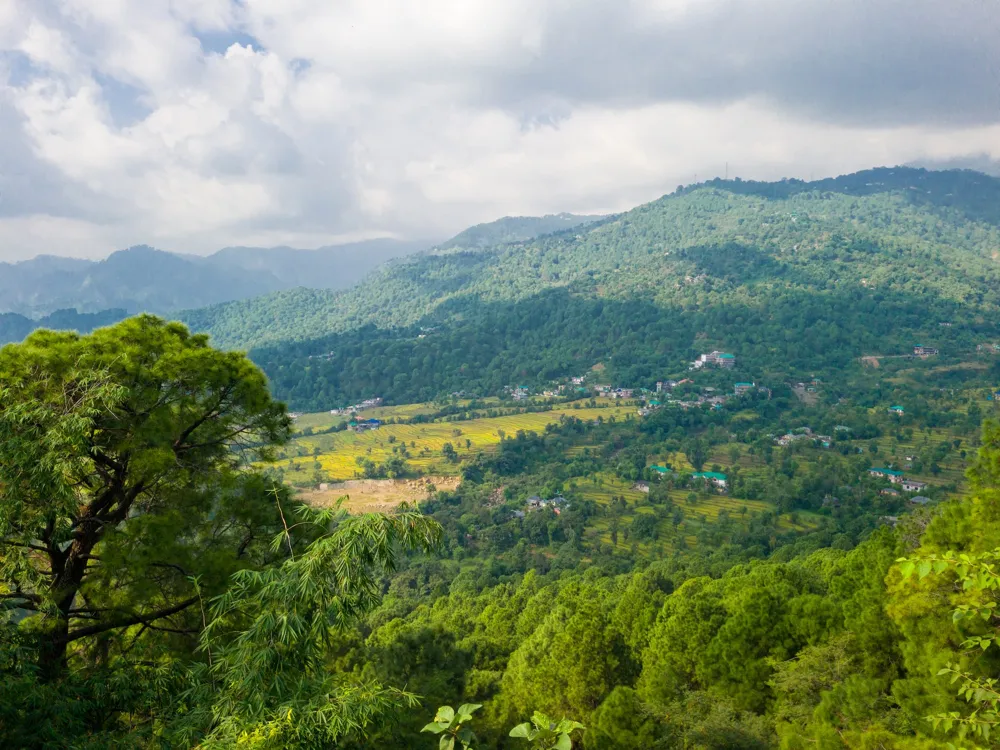Binsar, a picturesque hamlet in Uttarakhand, India, is a hidden gem nestled in the Himalayas. This serene location is perched at an elevation of about 2,420 meters and offers panoramic views of the majestic Himalayan peaks. Binsar is not just a tourist destination; it's a retreat for those seeking tranquility and a close encounter with nature. The area is surrounded by a diverse range of flora and fauna, making it a haven for nature enthusiasts and wildlife photographers. The Binsar Wildlife Sanctuary is a significant highlight, providing a habitat for numerous species of birds and animals. The history of Binsar is rich and intriguing, dating back to the medieval period when it served as the summer capital of the Chand Kings, who ruled over Kumaon from the 11th to 18th centuries. The region is dotted with numerous temples and historical sites, offering a glimpse into its vibrant past. The culture of Binsar is deeply rooted in its history, with local festivals and traditions reflecting the heritage of the Kumaoni people. The serene environment, coupled with its cultural richness, makes Binsar an ideal destination for those looking to experience the essence of the Himalayas. The architecture in Binsar is a testament to its historical and cultural significance. Traditional Kumaoni architecture is prominent, characterized by stone masonry with intricately carved wooden doors and windows. The use of locally available materials such as slate and wood is common, blending the structures seamlessly with their natural surroundings. This architectural style not only reflects the artistic skills of the local craftsmen but also their understanding of the region's seismic activity, as these structures are designed to withstand earthquakes. One of the architectural marvels in Binsar is the Bineshwar Mahadev Temple, dedicated to Lord Shiva. This temple, dating back to the 13th century, showcases the intricate craftsmanship of the era. The carvings and motifs on the temple walls depict various deities and mythological stories, making it a significant site for historians and art enthusiasts. The temples and traditional houses in Binsar are not just structures; they are a narrative of the region's history and culture, offering a unique blend of spirituality and artistry. The best time to visit Binsar is from October to March when the weather is pleasant, and the Himalayan ranges are clearly visible. However, if you wish to witness the lush greenery and blooming flowers, the months following the monsoon, July to September, are ideal. Given the varying temperatures, it's advisable to pack layers. Essentials include warm clothing, comfortable trekking shoes, a raincoat or umbrella, and necessary medications. Don't forget to carry a camera to capture the scenic beauty of Binsar. Respect the local culture and traditions. Dress modestly, especially when visiting religious sites. It's also important to maintain the sanctity of the place by avoiding littering and keeping noise levels to a minimum. Binsar is well-connected by road, rail, and air. The nearest airport is Pantnagar Airport, about 152 kilometers away. The closest railway station is Kathgodam, situated around 120 kilometers from Binsar. From these points, one can hire a taxi or take a bus to reach Binsar. For those preferring to drive, Binsar is well-connected with major cities like Delhi and Nainital through a network of national highways.Overview of Binsar, Uttarakhand
Architecture of Binsar
Tips When Visiting Binsar
Best Time to Visit
Packing Essentials
Local Etiquette
How To Reach Binsar
Golu Devata Temple
Binsar
Uttarakhand
NaN onwards
View binsar Packages
Also Refered As:
Chitai Temple
Binsar Travel Packages
View All Packages For Binsar
Top Hotel Collections for Binsar

Private Pool

Luxury Hotels

5-Star Hotels

Pet Friendly
Top Hotels Near Binsar
Other Top Ranking Places In Binsar
View All Places To Visit In binsar
View binsar Packages
Also Refered As:
Chitai Temple
Binsar Travel Packages
View All Packages For Binsar
Top Hotel Collections for Binsar

Private Pool

Luxury Hotels

5-Star Hotels

Pet Friendly







